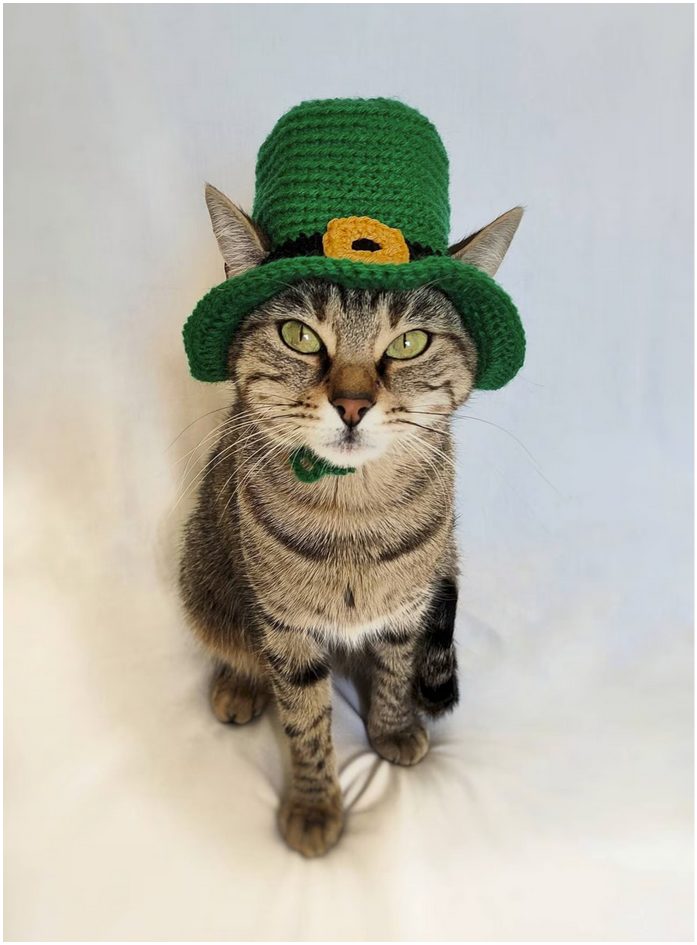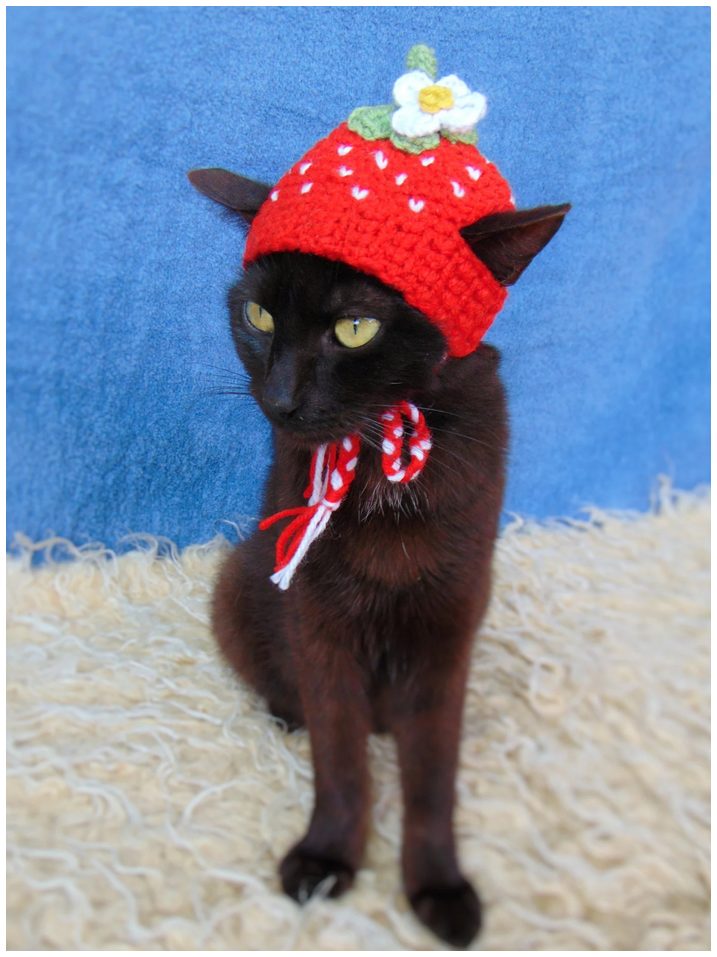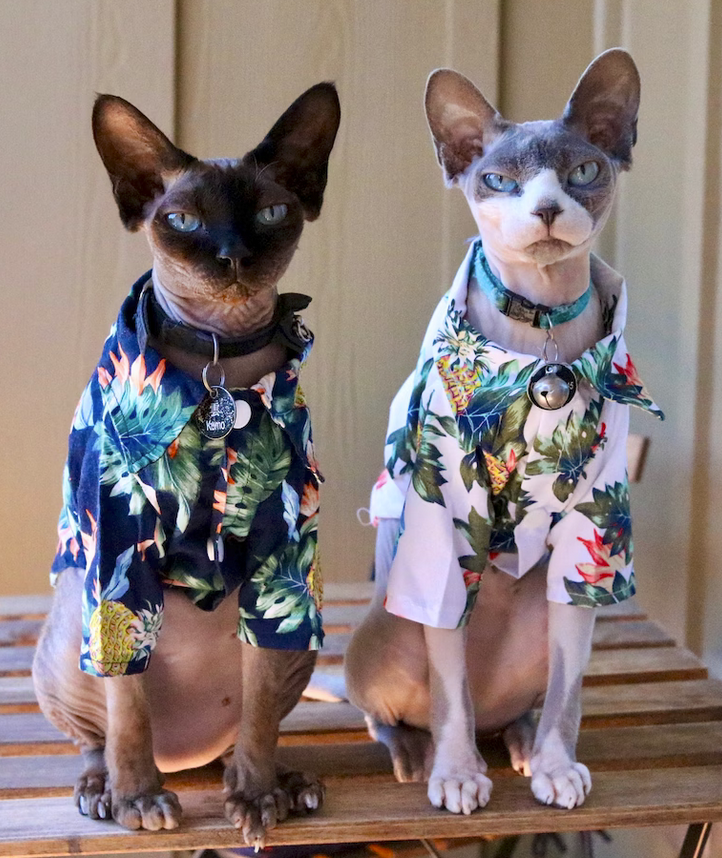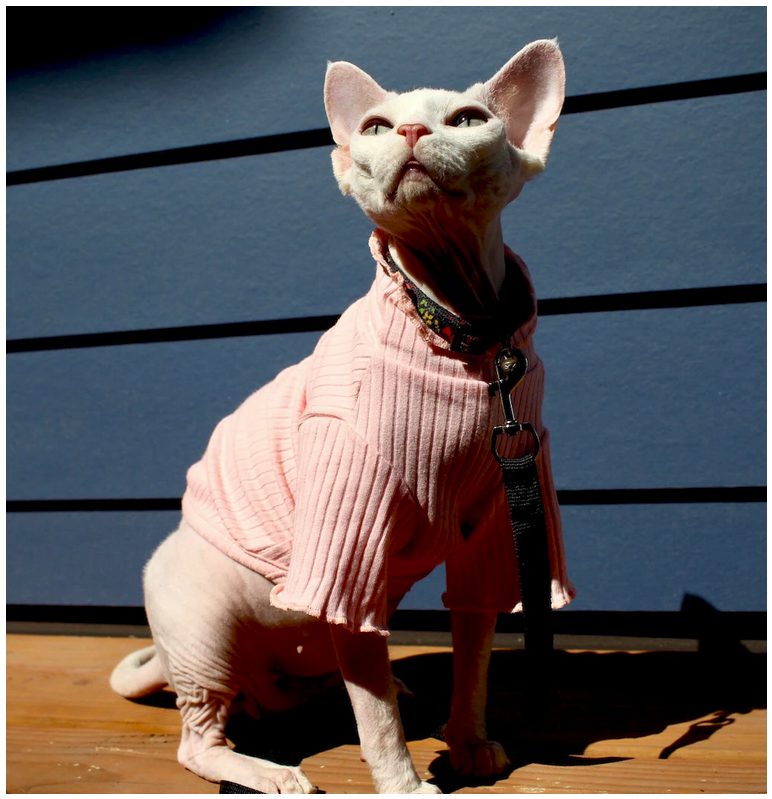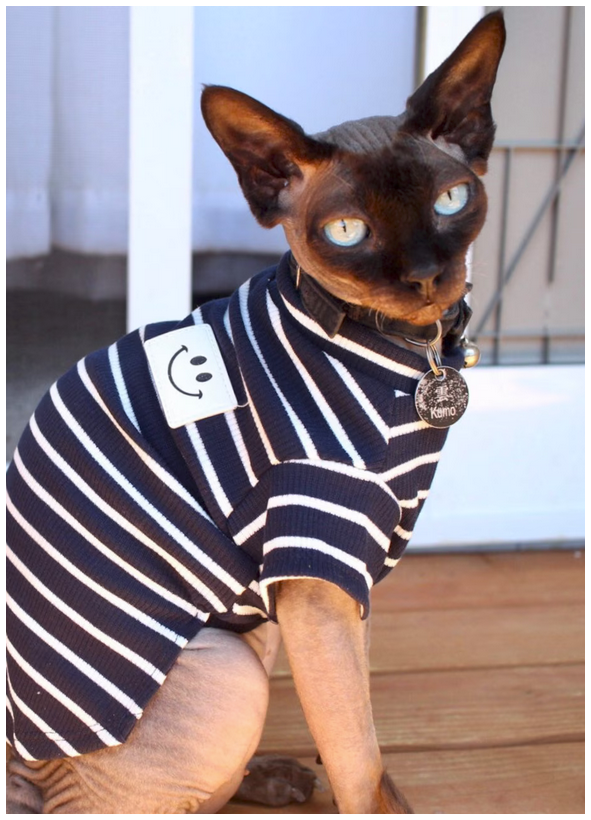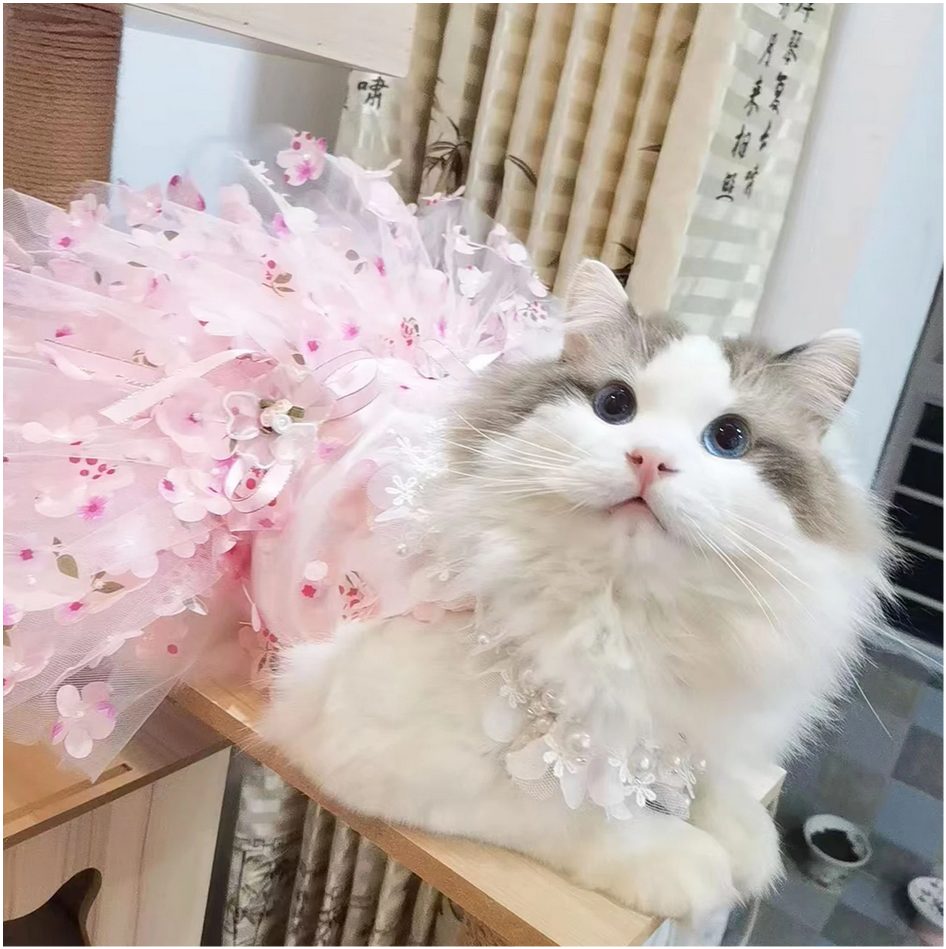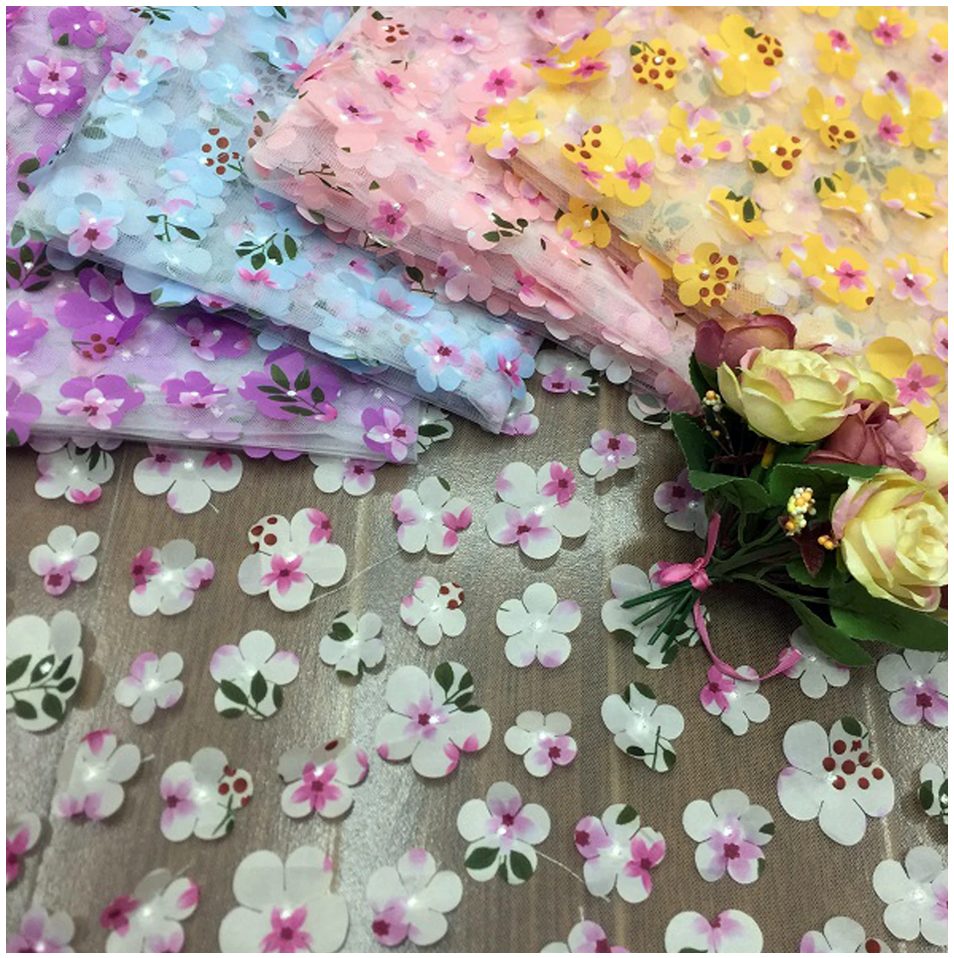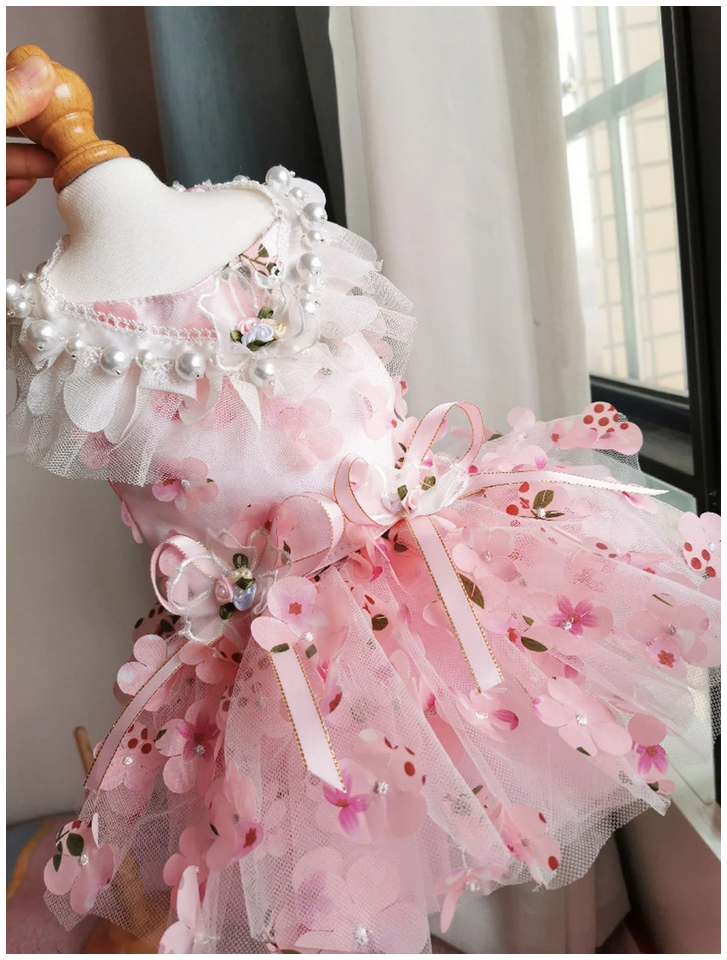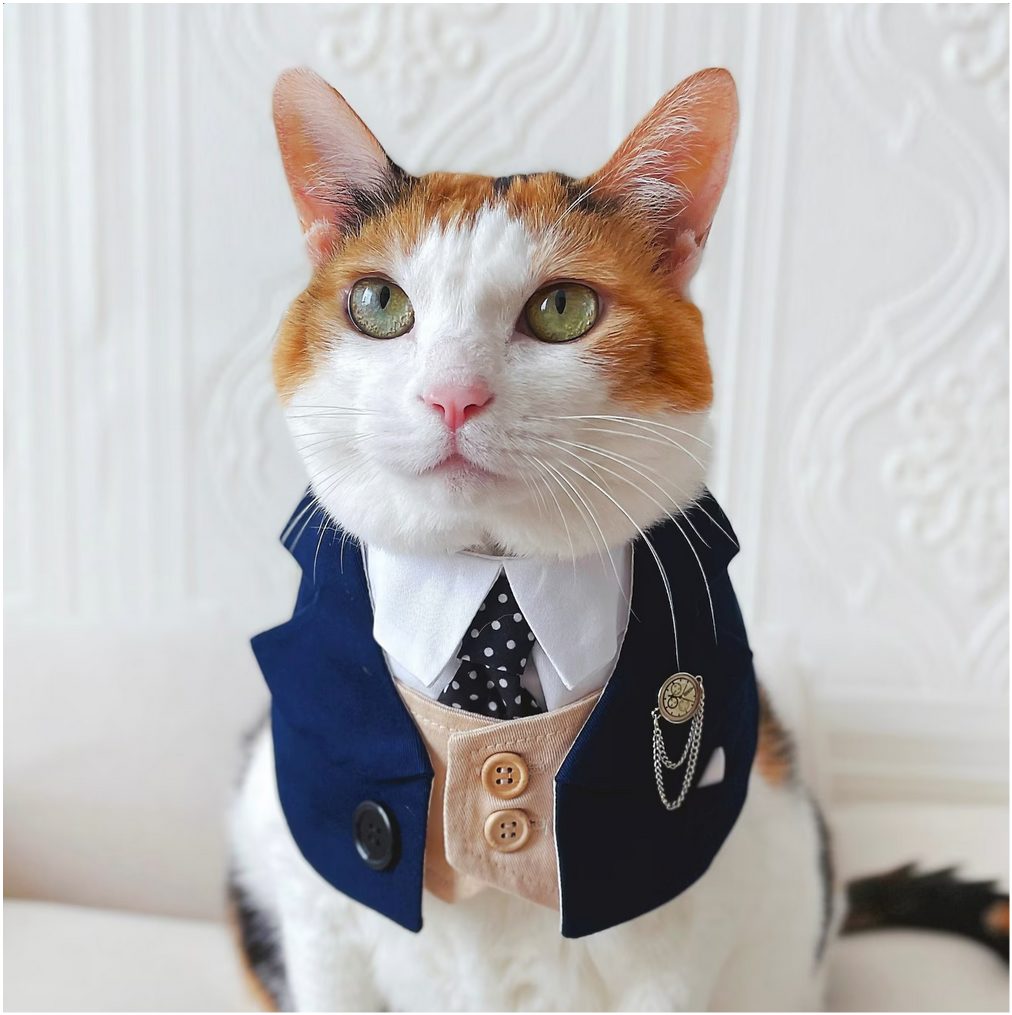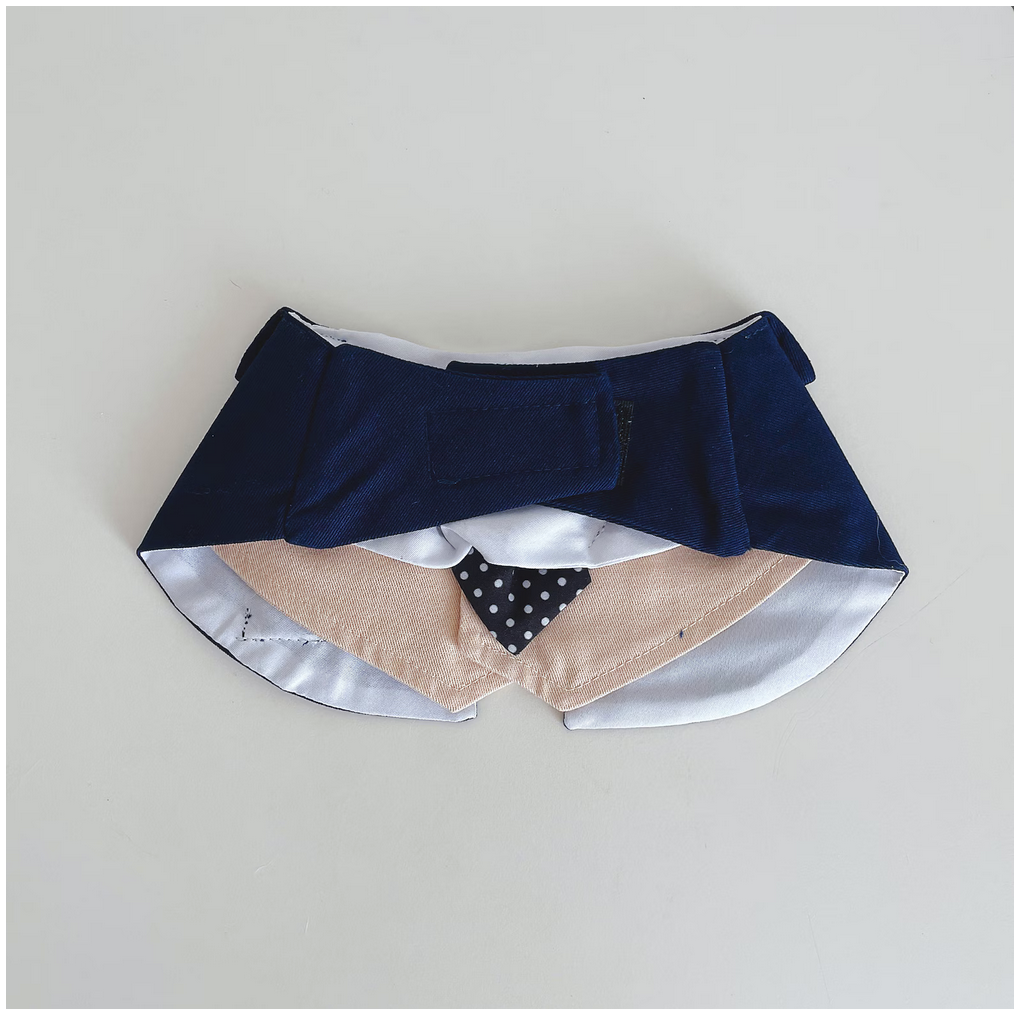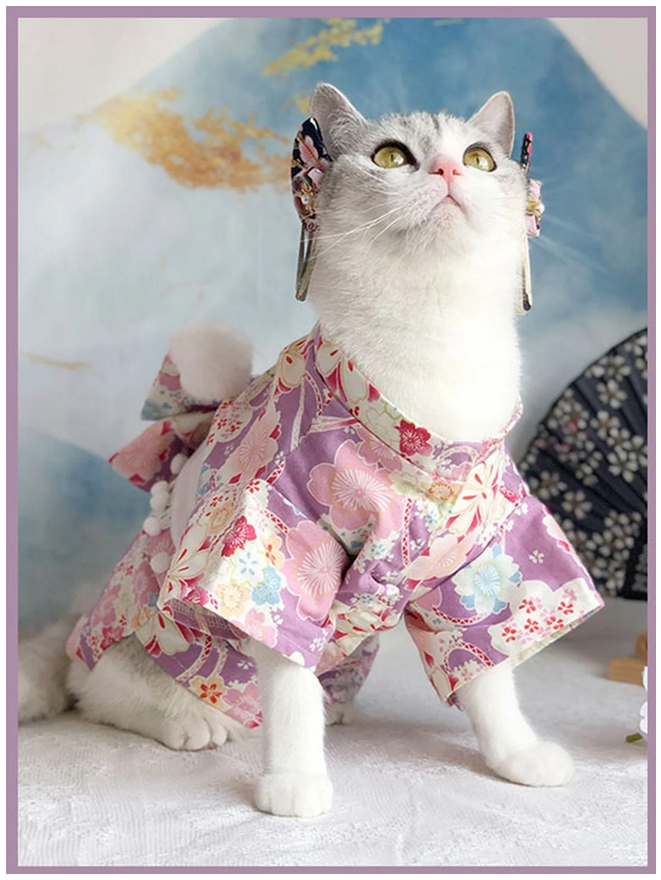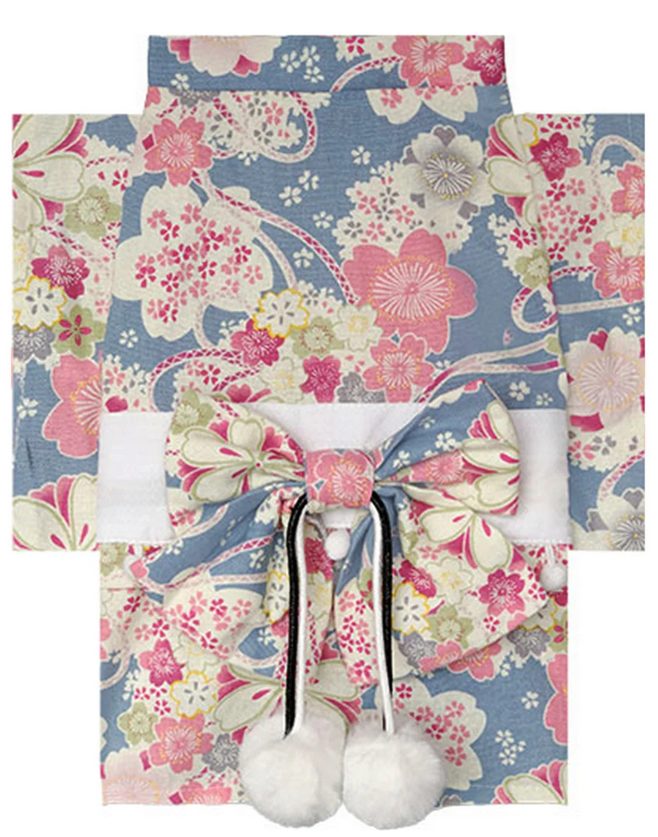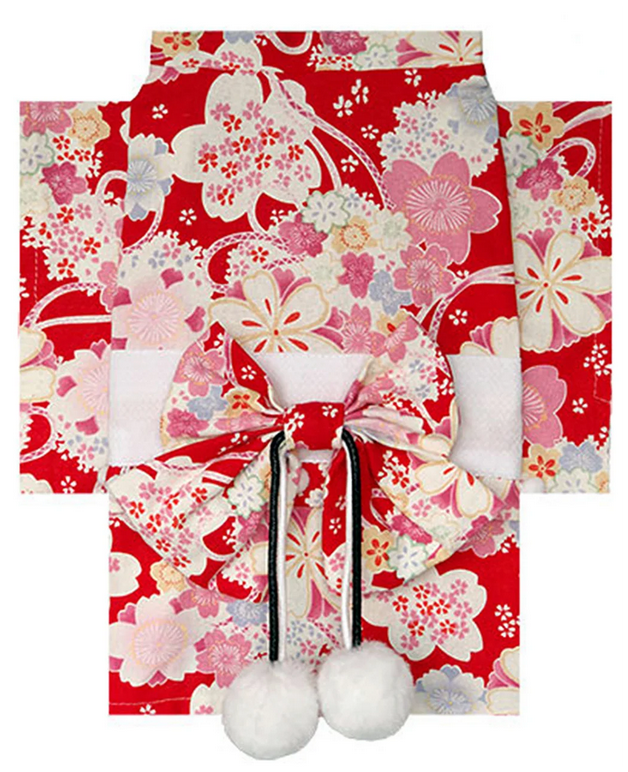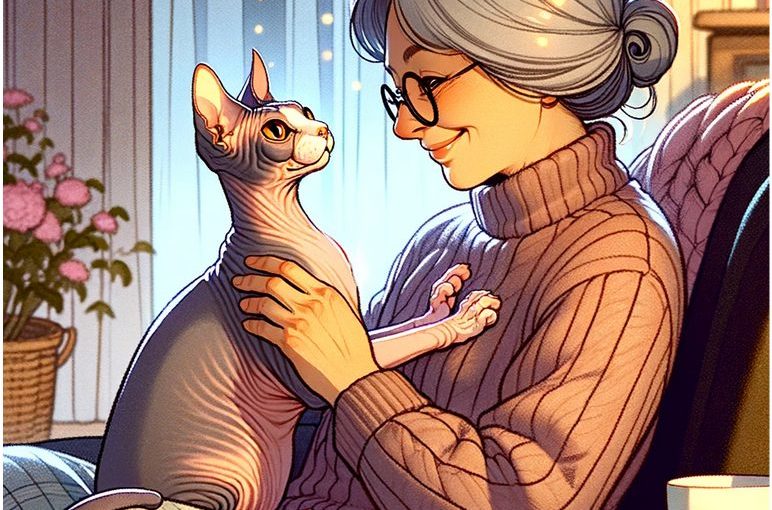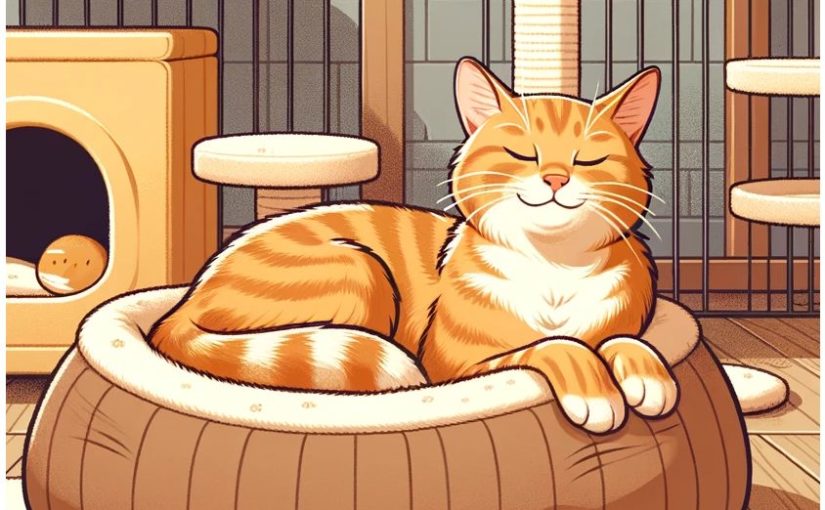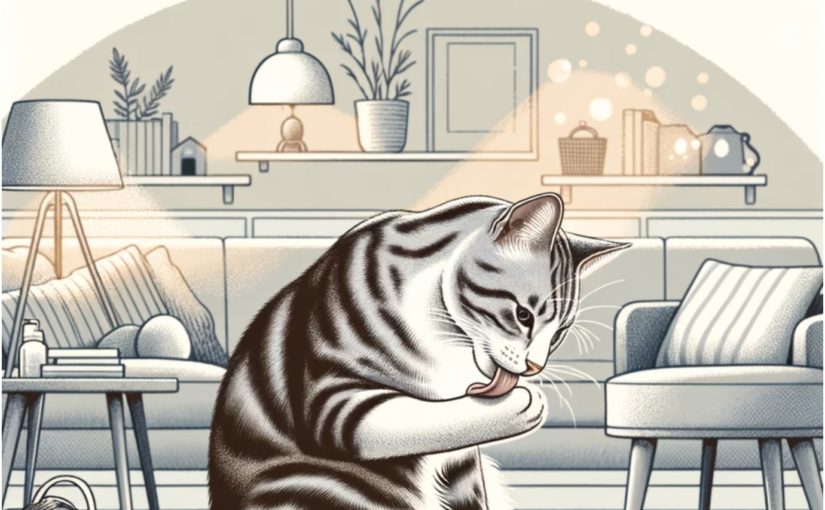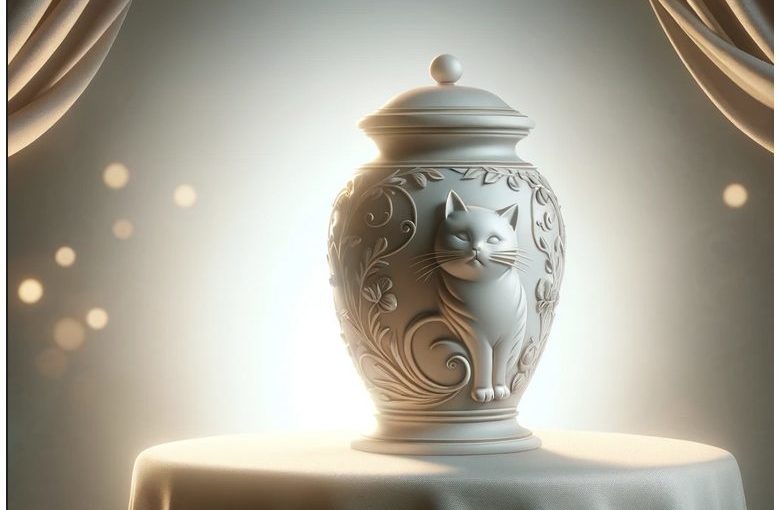Feline kidney disease is one of the leading causes of death in domestic cats. And I am sorry to say, there is no foolproof way to prevent kidney disease. However, there are things you can do to stack the odds in your favor. Here are 6 simple and actionable tips that can reduce the chances of your cat succumbing to this deadly disease.
1 Identify and Eliminate Common Environmental Toxins And Poisons.
Lilies
Lilies, especially Easter Lilies and Tiger Lilies, are deadly poison for your cat. And ingestion of even tiny quantities can lead to acute kidney failure. Unfortunately, even if your cat is treated in time and survives, they may still face chronic kidney disease which will shorten their life and compromise their quality of life. Why risk it? Keep these common houseplants and cut flowers out of your home.
Antifreeze
Antifreeze, coolant, hydraulic brake fluid, solvents and numerous other products you may have around your home can cause ethylene glycol toxicity. This is fatal if not treated promptly. Be certain to ensure that these chemical products are securely sealed and stored where your cat can’t knock them over or accidentally knock them off a shelf. Any spills should be thoroughly cleaned immediately. Please read VCA Animal Hospitals’ excellent article, Ethylene Glycol Poisoning in Cats for in depth information on the sources and symptoms of ethylene glycol poisoning.
Rat Poison
Rat baits are designed to have an appealing flavor for rodents, but they may also be appealing to other animals like your cat or dog. And these baits are every bit as poisonous for them. There are several types of poisons used in rat baits, and only the anticoagulant form has any kind of antidote. It is also possible for your cat to be poisoned by eating a poisoned rodent, although this is less likely. If you feel that rodent control, beyond the kind that your cat itself provides, is necessary, then mechanical traps baited with peanut butter or glue boards would be the better way to go. Installing owl nesting boxes on or near your house can be effective too. For more information, you should check out Vetster.com’s, Rat Bait Poisoning In Cats which discusses the types of poisons used along with symptoms and prognosis.
Final Recommendation
FOR ALL OF THE ABOVE! If you have any reason to suspect that your cat has been poisoned, contact your vet or Pet Poison Helpline, a 24/7 animal poison control center, at 1-800-213-6680 immediately.
2 Encourage Your Cat To Drink More
Adequate hydration is super important for healthy kidneys, especially as your cat ages. But many cats seem indifferent to the water bowl. Here are some strategies you can use to increase their intake:
- Make sure the water is fresh! Clean and refill bowls daily.
- Use glass or ceramic bowls. Metal and plastic can add unpleasant tastes to the water.
- Use wide, shallow bowls. These are much preferred by cats.
- Put bowls in multiple locations, so water is always close by.
- Put the bowls away from litter boxes and food dishes.
- Add a flavor boost like a little tuna water.
- Consider getting a cat water fountain especially if your cat like to drink from the tap.
3 Pristine Litter Boxes and Enough of Them
Healthy kidneys need both adequate hydration and thorough elimination of toxins. Cats are fastidious creatures. And they are territorial. To avoid elimination issues, you want to keep the boxes very clean, and you want to have at least N+1 litter boxes to avoid conflicts. So for one cat, you should have two litter boxes. For two cats, you should have three. For 3, four…you get the picture. And they shouldn’t be right next to each other or in a tight place where your cat could feel cornered.
4 Switch To Wet Food
This is a great way to help ensure your cat stays well hydrated. And yes, I know that cats are opinionated about their food. But I was able to switch even my picky eater over to wet food by doing it a little at a time. Though I admit that I still sprinkle a few kibbles on top like croutons for Alphonse.
You can even add special cat “soup” on the side! I’m going to put up a post with my kitty soup recipes in a few days and when I do, I’ll put a link here! Onions, garlic and excessive sodium are bad for cats, so don’t just feed them people soup!
5 Help Your Cats To Maintain a Healthy Weight
I know how hard it is to say no. My cat, Gastón, weighs 25lbs and not all of that is muscle. Obesity is a risk factor for feline kidney disease. Here are a few things you can do to help.
- Play with your cat! Wands and laser pointers are great ways to get even lazy cats moving. Many of my cats over the years loved playing fetch with Q-tips/cotton swabs. Put some catnip in a wadded up piece of aluminum foil and see if you can get them to bat it around the floor. The ideas are endless! They will love the attention, and they will benefit from the exercise.
- Make them work for their treats. There are many kinds of kitty food puzzles you can buy online. But you can also use the bottom of an empty egg carton. You put a treat or even just a couple of pieces of kibble in the bottom of all or even just some of the egg holders and cover with a crushed piece of paper. You can start with only a couple of the spots covered. Or shake the container so they can hear the pieces, and then uncover and show them the treats. They stay busy longer and seem satisfied with fewer treats.
- Don’t Free Feed. I am guilty of this. I feed my cats a serving of wet food twice a day (at least) but then I leave out a bowl of kibble for them to snack on because I wouldn’t want my 17 and 25 pound cats to starve to death while I am at work. Alphonse, the 17lb kitty, isn’t actually overweight, but neither is he rail thin nor in need of a bottomless bowl of kibble. And that is my point. It is not a kindness to give them more food than is healthy for them. I have stopped doing this. Portion control is key!
- Switch to a weight management food. But be aware, your cat can gain weight on any food they are given too much of. Portion control is still key!
6 Regular Wellness Visits To The Vet
Knowledge is power. Simple blood tests can give you early warning of any problems, while they are easy to treat. So you can have your furry loved one with you for many happy, and healthy years.



